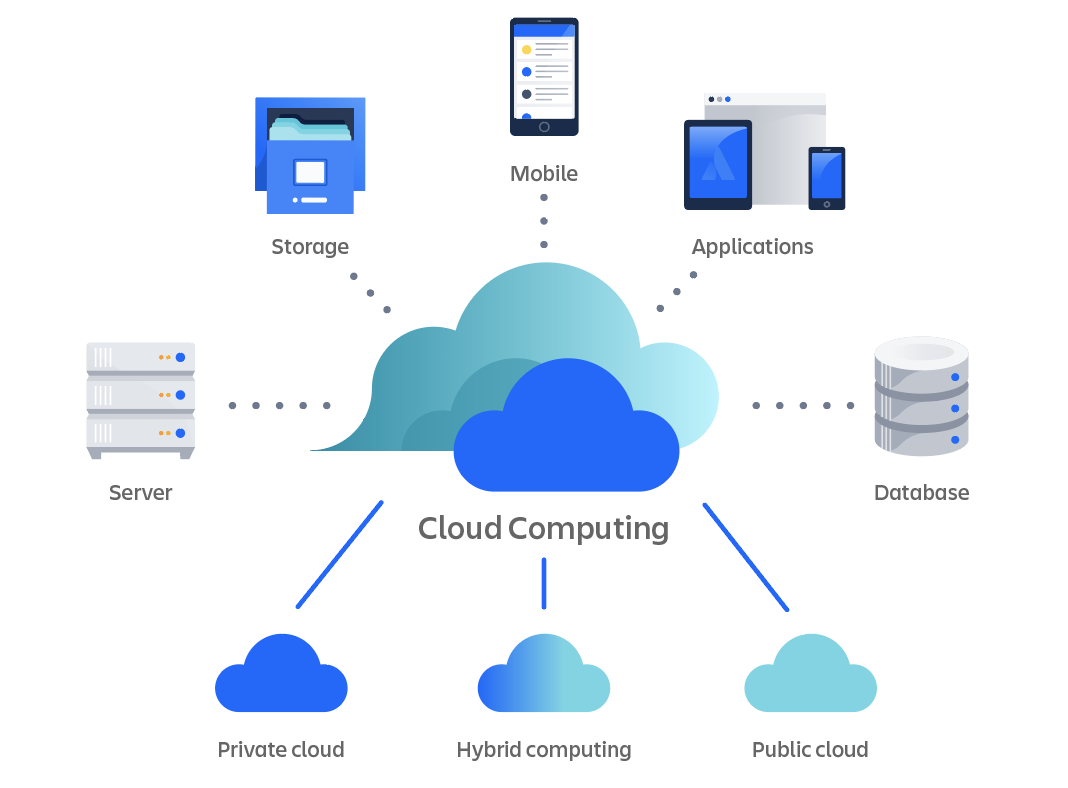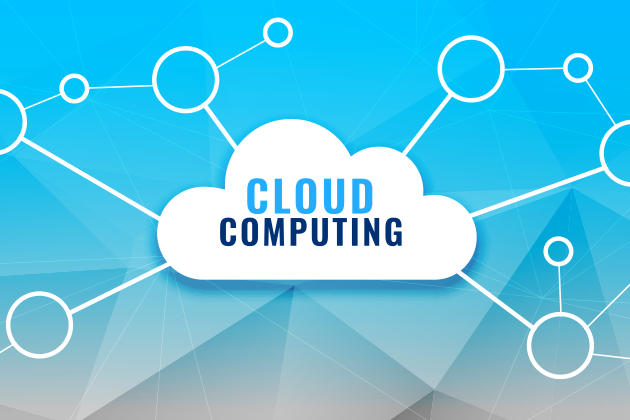Important Cloud Services for Modern Companies: A Total Summary
Important Cloud Services for Modern Companies: A Total Summary
Blog Article
Transform Your IT Infrastructure With Cloud Services
In today's fast-paced company landscape, the function of IT facilities can not be taken too lightly. Embracing cloud solutions provides organizations a myriad of advantages, from boosted flexibility to enhanced cooperation. Nevertheless, the journey to changing your IT facilities is not without its challenges. As innovation remains to evolve, remaining ahead of the curve and making notified decisions concerning cloud options is vital. The essential hinge on comprehending how cloud solutions can reshape your company's IT landscape and drive development.
Benefits of Cloud Solutions
Leveraging cloud solutions uses organizations a scalable and cost-effective solution for handling their IT facilities. One of the key advantages of cloud services is the flexibility they give. Organizations can conveniently scale their resources up or down based on their existing requirements, enabling efficient source allotment. This scalability also makes it possible for services to rapidly adapt to transforming market problems without the need for significant ahead of time financial investments in hardware or framework.

Additionally, cloud services advertise cooperation and remote job by supplying workers with access to information and applications from anywhere with a net link. This accessibility raises performance and permits seamless cooperation among staff member, regardless of their physical location. Overall, the advantages of cloud services are vast, making them an attractive alternative for organizations wanting to modernize their IT infrastructure.

Movement Approaches
To efficiently shift to cloud services, companies must very carefully implement and intend migration approaches that align with their organization goals and IT requirements. The initial step in this process is to perform an extensive evaluation of the existing IT infrastructure to identify which data and applications can be moved to the cloud. Organizations needs to prioritize work based on aspects such as protection needs, efficiency requirements, and conformity laws.
As soon as the assessment is full, organizations can select the most appropriate movement technique. This can consist of rehosting, refactoring, rearchitecting, or reconstructing applications for the cloud environment. It's important to take into consideration aspects like time, intricacy, and expense restraints when selecting the migration method.
Additionally, companies need to develop a detailed migration strategy that details the timeline, sources, and duties for every step of the migration procedure - universal cloud Service. Routine testing and surveillance are vital to make sure a smooth transition and minimize disruptions to business procedures. By complying with these migration methods, companies can unlock the full capacity of cloud solutions and drive advancement within their IT facilities
Safety Factors To Consider
Making certain durable protection procedures is paramount when integrating cloud services into an organization's IT framework. The change to the cloud brings distinct security considerations that need to be resolved to like this shield delicate information and maintain operational integrity.
Additionally, executing strong access controls is important. This includes specifying customer approvals, verification methods, and monitoring access to avoid unauthorized individuals from acquiring entrance to delicate sources. Normal protection audits and analyses are necessary to ensure and recognize susceptabilities conformity with sector laws.
Furthermore, organizations should have a durable case feedback strategy in position to quickly deal with safety and security breaches or information concessions. This strategy needs to detail steps to include the incident, mitigate damages, and recover regular procedures successfully. By focusing on safety and security considerations and executing positive measures, organizations can with confidence utilize cloud services while protecting their digital assets.
Cost-Saving Tips
When streamlining IT framework with cloud services, organizations can optimize their budget plan via tactical cost-saving pointers. Additionally, organizations can save on operational costs by lowering the need for on-site upkeep and support staff, as lots of cloud solutions use automated updates and assistance.
Another cost-saving tip is to very carefully check and readjust cloud usage to avoid unnecessary expenses. By on a regular basis assessing use information and scaling sources up or down based upon need, companies can guarantee they are not overspending on extra ability. Taking into consideration hybrid or multi-cloud cloud remedies can additionally lead to set you back financial savings by allowing organizations to choose the most cost-effective services for each workload.
Future Fads
The advancement of cloud solutions is forming the future Going Here landscape of IT framework. As we look in advance, a number of vital patterns are positioned to affect exactly how companies take advantage of cloud solutions to improve their IT procedures. One considerable trend is the increasing adoption of multi-cloud strategies. Organizations are identifying the advantages of dispersing workloads throughout numerous cloud providers to optimize efficiency, improve resilience, and mitigate risks related to supplier lock-in.
An additional famous trend is the surge of edge computer in conjunction with cloud solutions. Side computing brings handling closer to the data source, reducing latency and allowing real-time information analysis. This fad is particularly critical in markets such as IoT, independent cars, and health care, where prompt decision-making is important.
In addition, the integration of fabricated intelligence (AI) and maker learning (ML) abilities right into cloud solutions is set to redefine exactly how companies extract insights from their information. AI-driven automation, anticipating analytics, and personalized client experiences are simply several of the ways AI and ML are revolutionizing cloud solutions.
Conclusion
Finally, cloud services provide countless advantages for companies looking to transform their IT facilities. By applying additional resources movement strategies tailored to particular requirements and prioritizing safety factors to consider, businesses can achieve cost savings and improved efficiency. Embracing cloud services can result in a much more dexterous and affordable service landscape, permitting greater versatility to altering market conditions and improved partnership amongst teams. As companies remain to utilize cloud remedies, they can remain in advance of future fads and drive technology in the electronic age.

Guaranteeing durable security steps is vital when incorporating cloud services right into an organization's IT facilities.In final thought, cloud solutions offer various advantages for companies looking to transform their IT infrastructure.
Report this page